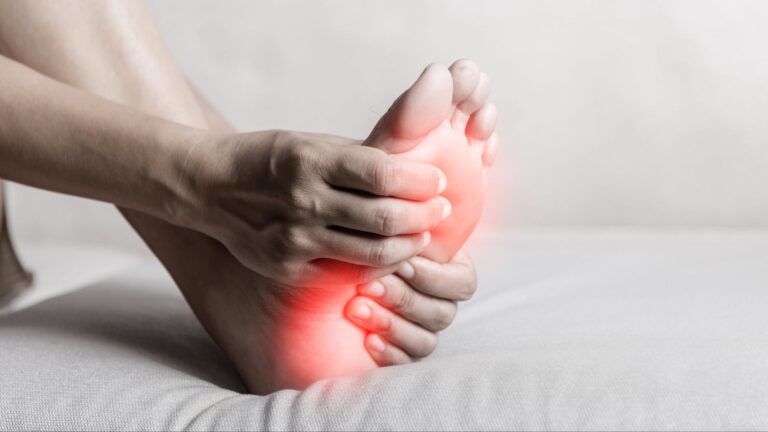
Plantar Fasciosis: Toss the Sneakers?
The plantar fascia is more than just a passive band of connective tissue originating at the calcaneal lip and attaching distally to the toes…

The plantar fascia is more than just a passive band of connective tissue originating at the calcaneal lip and attaching distally to the toes…
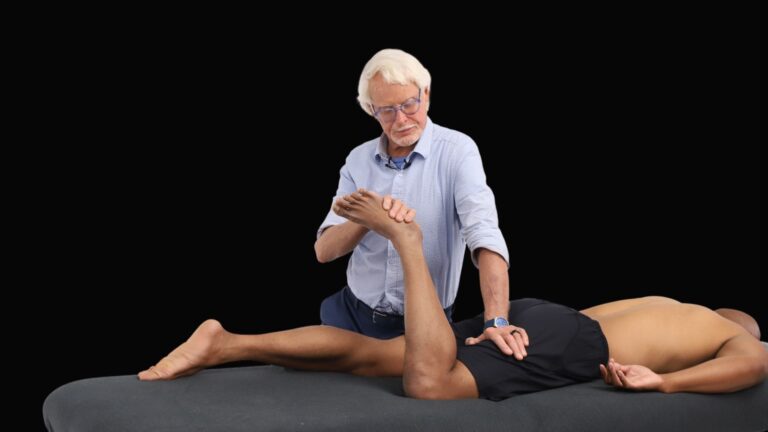
In a study of one NFL team from 1998-2007, the occurrence of hamstring pulls accounted for 85 injuries, second only to knee sprains, which came in first at 120 injuries1. Hamstring injuries often plague competitive and weekend warrior athletes for years, giving the illusion that the initial injury never healed…
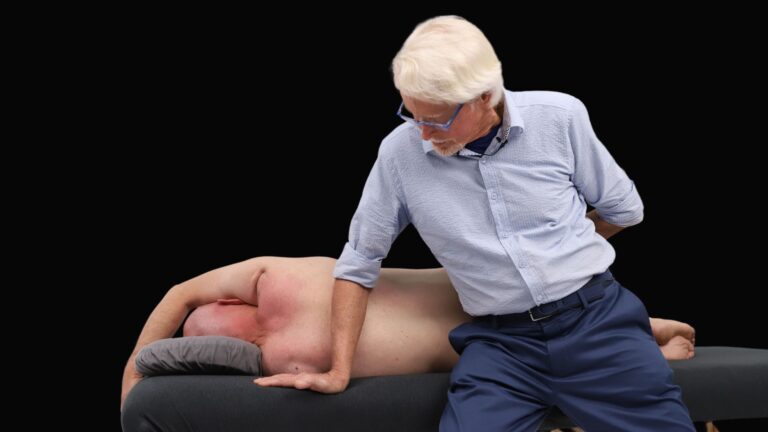
Treating Kinetic Chain Kinks Recent manual and movement therapy blogs tout the importance of thoracic spine (t-spine) mobility as if it were a new discovery.
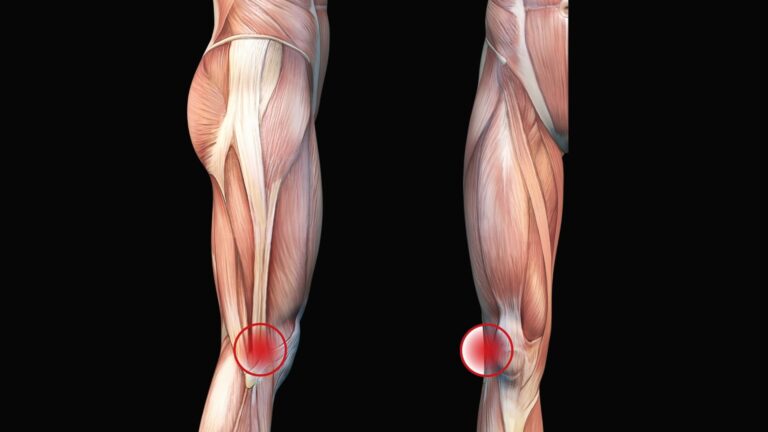
A case of mistaken identity!
A 44-year-old orthopedist, who we’ll call Dr. Smith, was referred to me complaining of eight months of debilitating, self-diagnosed, IT-band friction pain. During his history intake, he admitted suffering sporadic foot, hip and low back soreness but dismissed these issues as “unrelated.”
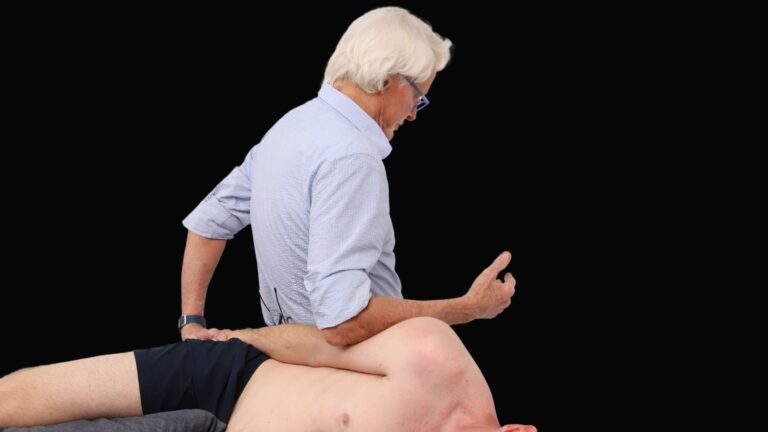
https://vimeo.com/219744041 From Shoulder, Arm & Hand course Ideal shoulder girdle balance requires that some muscles act as stabilizers and others as mobilizers, depending on joint position and

Assessing PMFR weakness as shown in the Assessment course Addressing Postural Plasticity Digital Dementia is a term coined by neuroscientist Manfred Spitzer to describe…
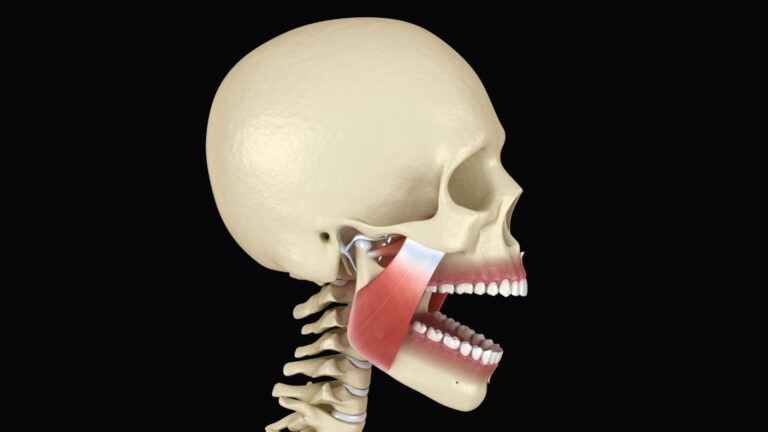
From Technique Tour course Treating the TMJ It’s not uncommon to be in the final stages of a history intake when the client casually states,
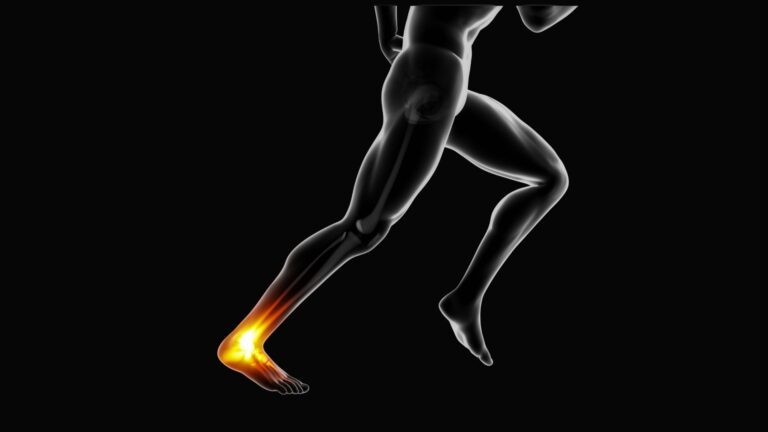
Peroneal Nerve Mobilization Tightness is one way the brain applies the parking brake when the body’s natural braking systems fail — and pain is another.
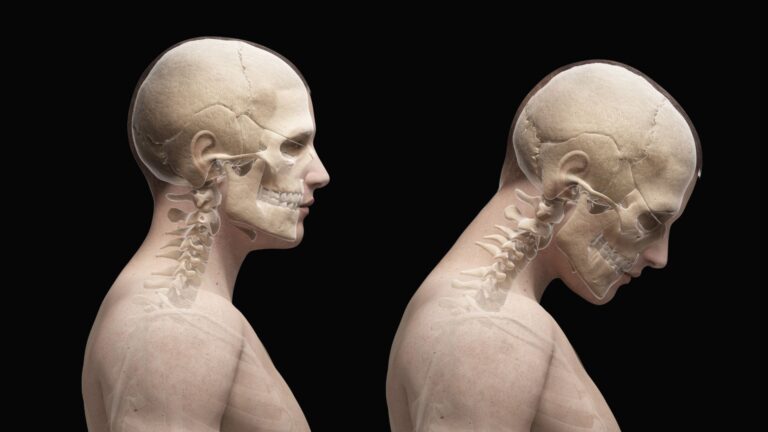
What can manual and movement therapists do to treat neck cricks caused by facet jamming and nerve root impingement? In many cases, protective muscle spasm can be reduced through application of specific soft-tissue decompression and mobilization maneuvers that help restore “joint play” and facilitate…

Our brains are very much like sponges. They are malleable and constantly adapting to peripheral input by strengthening existing neural connections and networks, a process called long-term potentiation (LTP).
Free subscription to the Technique Tuesday newsletter. Sign up to receive an in-depth article and technique video in your inbox every Tuesday.
